talkingfashion
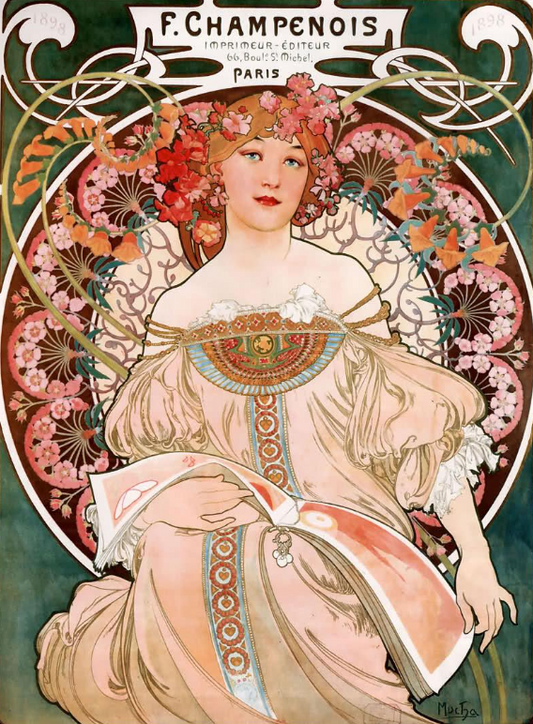
From Victorian to Art Nouveau: Turn of The Cent...
Throughout the 19th century and into the 20th, a tidal wave hit the art world that changed the composition of style across every creative medium. Art forms ranging from architecture,...
From Victorian to Art Nouveau: Turn of The Cent...
Throughout the 19th century and into the 20th, a tidal wave hit the art world that changed the composition of style across every creative medium. Art forms ranging from architecture,...
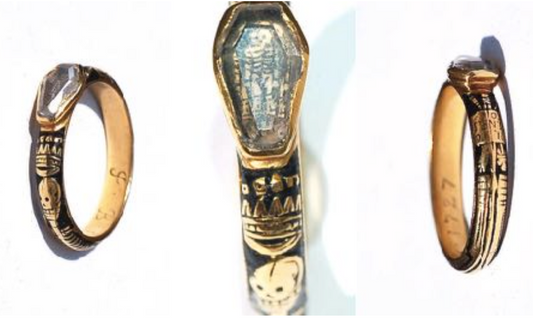
Mourning Jewelry: Momento Mori’s Through Time b...
Though the concept of mourning jewelry has been around since the early 1600s, it did not truly come into its own as a common practice until the Victorian Era starting...
Mourning Jewelry: Momento Mori’s Through Time b...
Though the concept of mourning jewelry has been around since the early 1600s, it did not truly come into its own as a common practice until the Victorian Era starting...
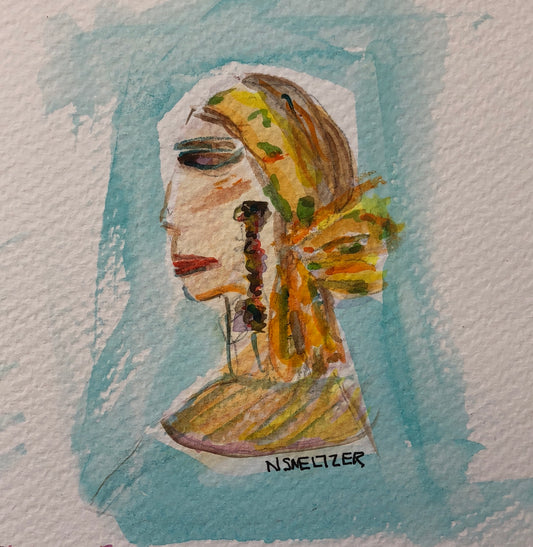
How are you styling your head scarf?
How are you styling your head scarf? A jaunty bow on the side? The classic bow at the nape of your neck? A sassy bow in the center that...
How are you styling your head scarf?
How are you styling your head scarf? A jaunty bow on the side? The classic bow at the nape of your neck? A sassy bow in the center that...
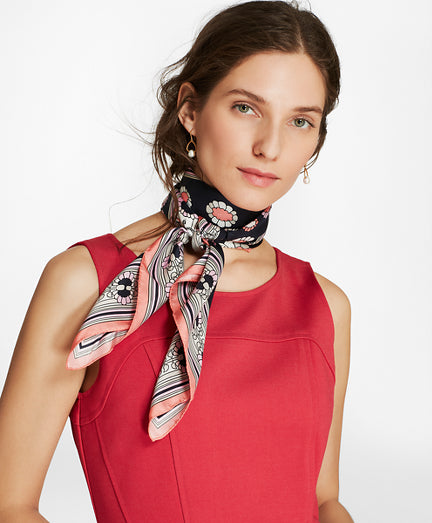
The Evolution of the Scarf
A Long History Have you ever thought about the history of a fashion product? As in, the evolution of it and how it transitioned to the way it is styled...
The Evolution of the Scarf
A Long History Have you ever thought about the history of a fashion product? As in, the evolution of it and how it transitioned to the way it is styled...
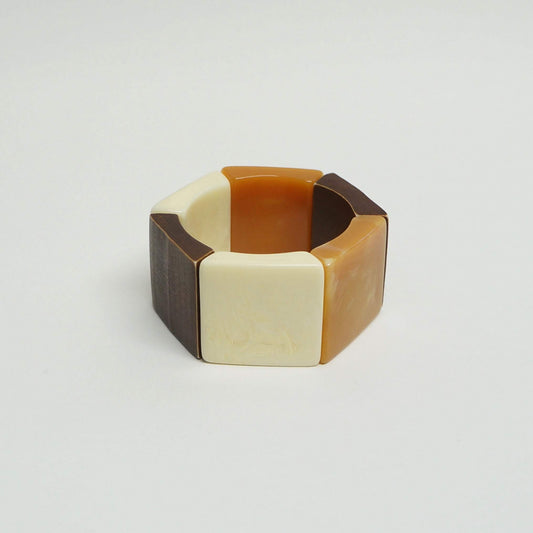
Are you a bangle collector?
A popular fashion accessory from the 1920s to the early 1940s, bangles are often made from unusual materials and have interesting features. They gained popularity again in the 70s &...
Are you a bangle collector?
A popular fashion accessory from the 1920s to the early 1940s, bangles are often made from unusual materials and have interesting features. They gained popularity again in the 70s &...
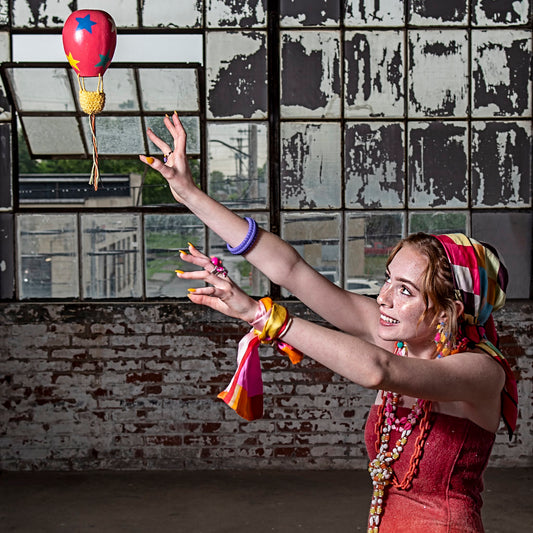
Happy Hot Air Balloon Day!
She follows her heart! She follows the stars! She is our muse! She wears what she loves, everyday!
Happy Hot Air Balloon Day!
She follows her heart! She follows the stars! She is our muse! She wears what she loves, everyday!